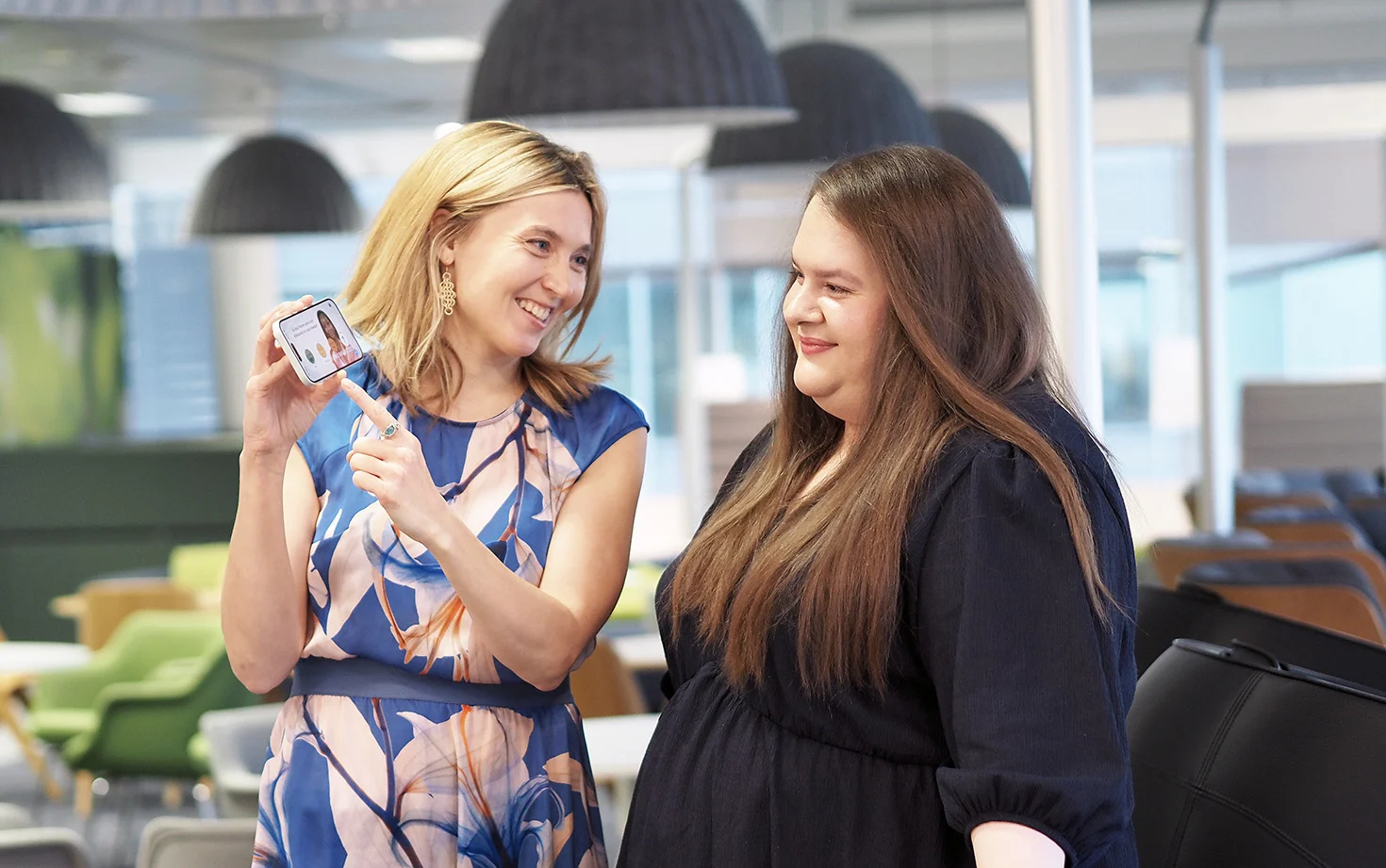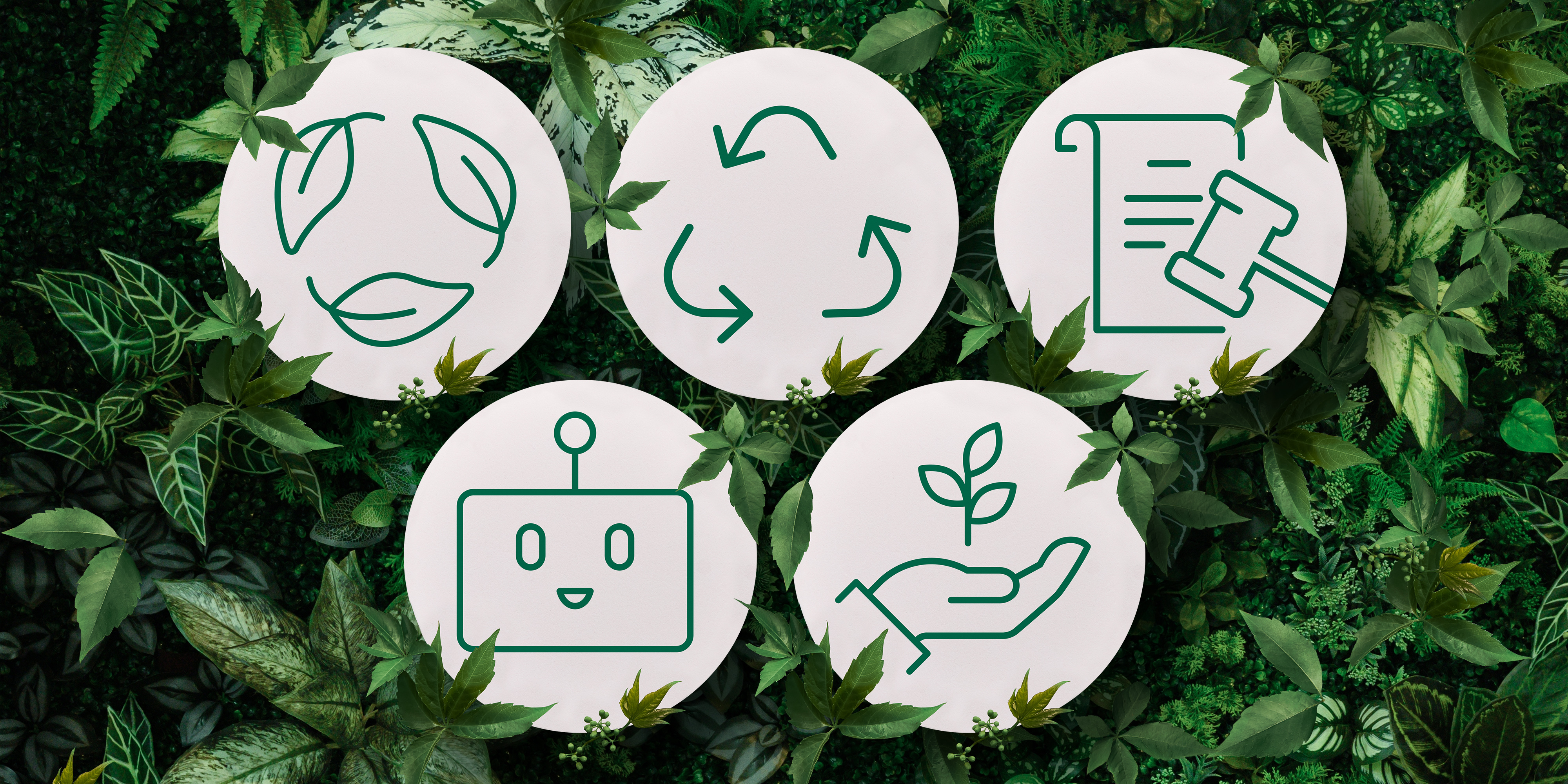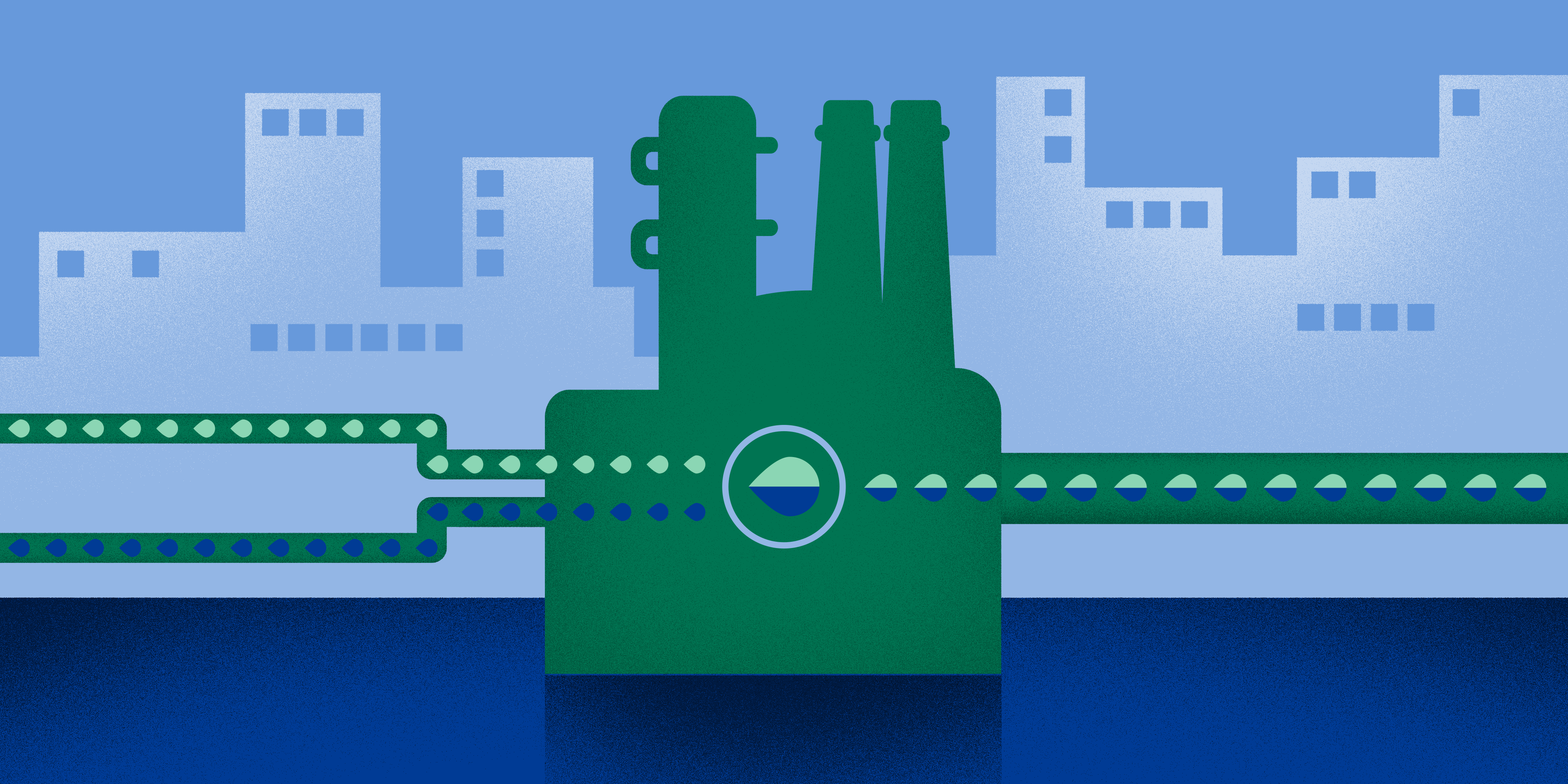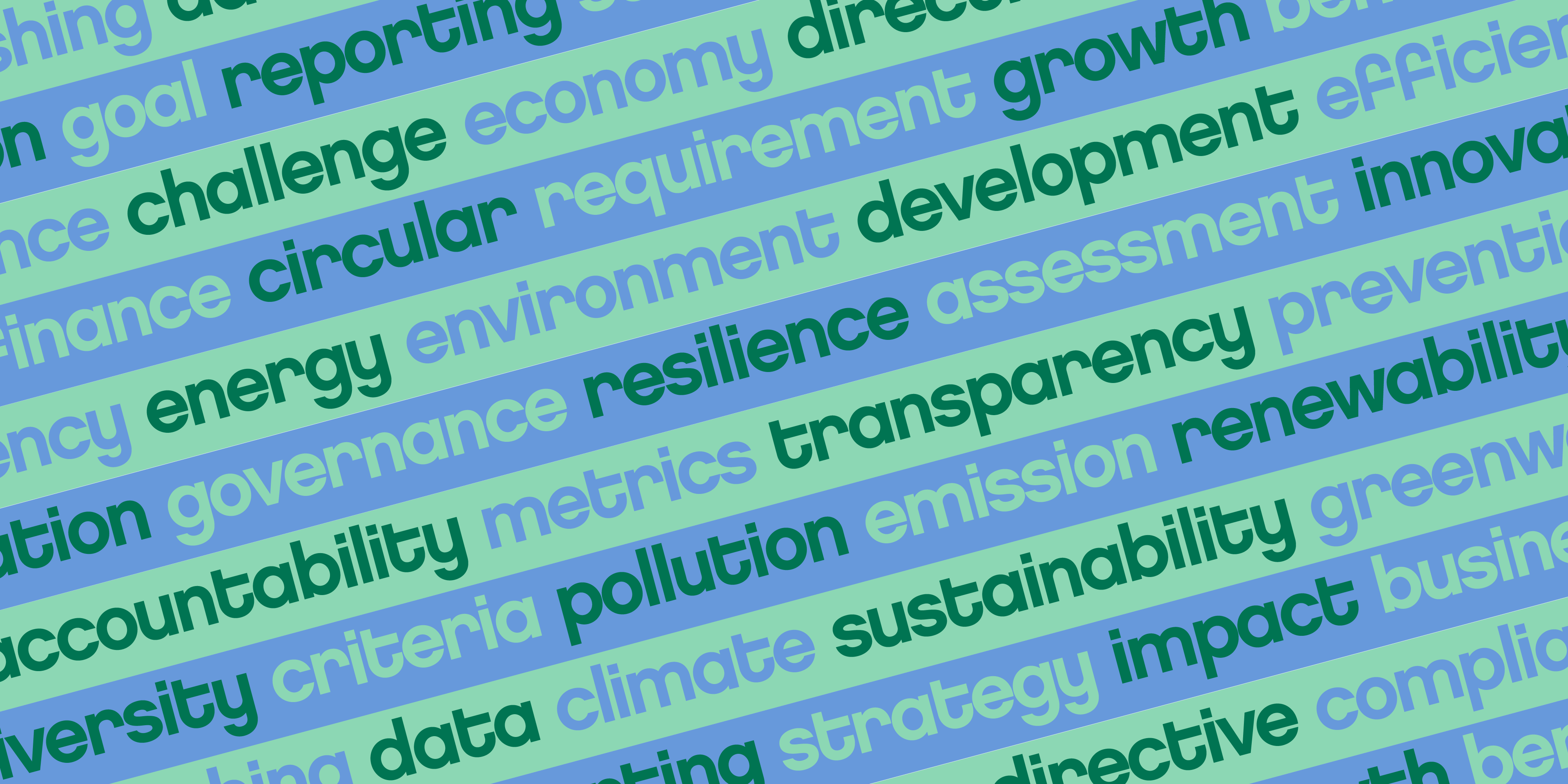
Sustainability
5 minute read
Harnessing emerging technologies to advance human rights in business
Innovative technologies like artificial intelligence (AI) are transforming how businesses address human rights and sustainability in complex global supply chains. Journalist Ashley Winchester explores how such emerging technologies are starting to bridge the often convoluted gap between workers and corporations, and the power they have to improve sustainability best practices.
Leveraging emerging technology such as artificial intelligence (AI) can make it easier for sustainability-focused businesses to bridge the gap between workers and stakeholders even several steps removed from a company’s immediate direct operations. As such, technology is now helping to overcome hurdles in assessing human rights impacts by amplifying workers’ voices, and in turn improving human rights across value chains.
Work Ahead CEO Ilona Mooney, whose startup helps businesses gather data about workers’ well-being through anonymous surveys, says emerging technology like hers is a stepping stone toward a better understanding of living conditions and culture around the world.
“We have so many people who would like to operate their businesses more sustainably or more consciously, but when (some operations) are on the other side of the world, it’s so difficult to understand or know what is being done sustainably from a human rights perspective,” Mooney says.
“As an engineer, I knew this was impossible to solve without technology, because technology allows us to see at scale. Technology allows a new kind of visibility to people’s lives who are impacted by our work, and to shine light on what their lives are like,” she says.
Using technology to reach grassroots, scale up and cut through complexity
The Work Ahead tool engages workers via easy-to-complete video surveys. There is no literacy requirement — questions are delivered via mobile phone app in workers’ first language, and answered via pictographs: a green, widemouthed smiley face for yes, for instance, or a frown for no. Surveys cover questions like, do you have children, how many, is your manager a role model, do you feel safe at work, do you have electricity, do your children go to school, or do you eat at least three meals a day. The result, Mooney says, helps employers understand the broader picture of how workers live, and focus on human rights work.
The technology has helped companies identify areas of improvement for their suppliers and subcontractors, Mooney says.
“Using worker voice technology has allowed us to scale up our engagement with workers across our global value chain. It removes barriers such as language, literacy and internet access that often stand in the way of workers having a voice. At the same time, the insights gathered help us pinpoint regional and sectoral trends, enabling a targeted and impactful approach to improving workers’ lives,” says Chrisanne Kouzas, Sustainability Excellence and Development Manager at Neste, the world's leading producer of lower-emission renewable fuels, and renewable feedstock solutions for polymers and chemical industry uses.

Ilona Mooney, Workahead, shows Chrisanne Kouzas, Neste, easy-to-use video survey, which can be used via mobile phone.
Technology as a key to a people-focused approach to sustainability
“I believe we are entering a golden age of technology and sustainability. The potential of AI is beyond imagination. When you think about how complex corporate supply chains are, we are reaching the point where technologies such as blockchain and AI can rise to meet that complexity,” Kouzas says.
She cites other emerging tools, such as Geographic Information System (GIS) technology and QR codes as being at the forefront of sustainability and traceability efforts for Neste. GIS plays a key role in enhancing the company’s supply chain traceability, ensuring accountability and transparency. Additionally, simple yet impactful tools like QR codes on informational posters allow the company to proactively encourage third-party workers to use local complaints channels on its sites. “The posters with QR codes serve a dual purpose: enabling workers to easily submit grievances and providing them with critical information about their rights,” Kouzas explains.
“When you engage directly with workers, you’re not just addressing human rights—you’re gaining insights that are interlinked with climate action, biodiversity, and broader sustainability goals,” Kouzas says. “Technology enables this engagement at scale and enhances traceability, allowing us to better identify where issues exist in our supply chains. It’s a cycle: by prioritizing worker engagement, you ensure your approach is grounded in the realities of those most affected. This creates a ripple effect, where understanding workers’ perspectives helps shape a more holistic and impactful sustainability strategy.”
Mooney says she is optimistic about the human rights improvements forerunners such as Neste are making by using her tech, but cautions against putting too much value on fix-all tech solutions. “Ultimately, it’s about awareness and encouraging small changes to benefit the worker at the ground level – on their cultural terms,” she says.
“We are very quick at saying, ‘This amazing tech solution is going to solve all these issues for these poor workers,’ but then, the experience on the ground can be a little bit different. So a hotline for instance won’t help, if people are not aware of their rights, or are afraid of retribution. We can be bold and say, ‘We’ve solved that, there’s no reports of violations,’ but the reality is often different. It’s not quick headlines.”
“Human rights work is not a marketing gimmick,” Mooney continues. “It comes from a genuine value within the corporate ethos, and we need thought leaders whose interests in improving human rights along the supply chain come from this genuine value to lead the way.”
Being mindful of the responsible uses of technology is also a priority in Kouzas’ view.
”Technology is a powerful catalyst, but it's not a silver bullet,” she says and concludes: ”It's one of many tools in our box for advancing sustainability. And as we continue to unlock the potential of this tool, we also have a responsibility to ensure its use is ethical, inclusive, and aligned with our broader commitment to creating a more equitable and sustainable world. The journey ahead is both a challenge and an invitation to innovate boldly and responsibly.”
Credits:
Ashley Winchester, Ashley Winchester is an American journalist whose work has appeared in The New York Times and the BBC, among other national and international publications.





